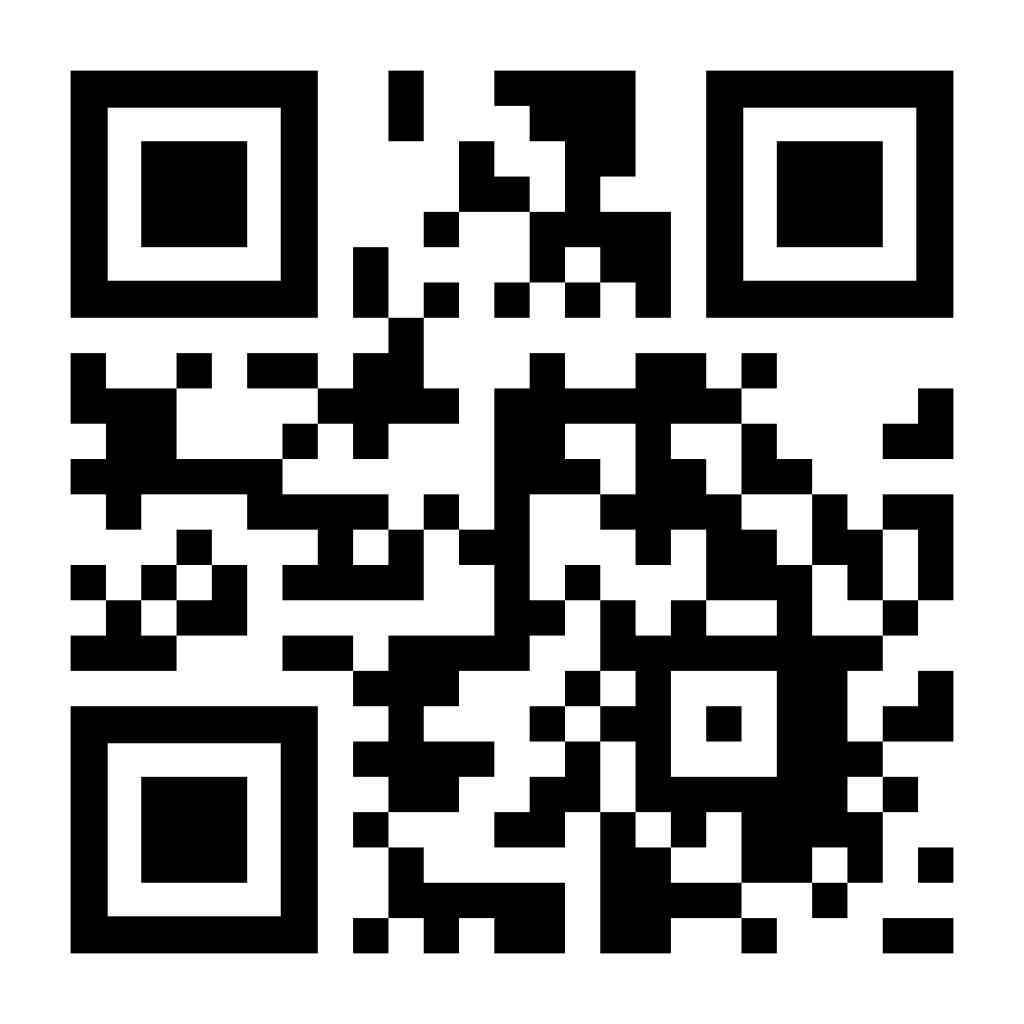
Click HERE to Uncover the Secrets of Having an Obedient, Well-Behaved Pet
Bringing a new puppy into your home is an exciting experience, but navigating the world of potty training can be a challenge. However, fear not!
In this blog post, we’ll provide you with effective strategies and step-by-step guidance to ensure a successful potty training journey for your furry friend. Bid farewell to those messy accidents and embrace a clean and stress-free living space.
Understanding the Basics of Potty Training
a. Start Early:
Begin potty training as soon as you bring your puppy home. Early initiation sets the foundation for good habits.
b. Establish a Routine:
Dogs thrive on routine. Set consistent feeding times and take your puppy outside to eliminate shortly after meals, playtime, and upon waking up.
c. Supervise Diligently:
Keep a close eye on your puppy, especially during the initial stages of training. Supervision prevents accidents and allows you to promptly guide them to the designated potty area.
d. Use Positive Reinforcement:
Celebrate successful bathroom trips with praise, treats, and affection. Positive reinforcement creates a positive association with eliminating outdoors.
e. Designate a Potty Area:
Choose a specific spot outside where you want your puppy to go. Consistently taking them to this spot helps reinforce the connection between the location and the act of eliminating.
Step-by-Step Guide to Potty Training
a. Frequent Outdoor Trips:
Take your puppy outside every 2-3 hours, as well as after waking up, playing, or eating. Be proactive to avoid accidents.
b. Learn Your Puppy’s Signals:
Pay attention to your puppy’s behavior, such as sniffing or circling, which may indicate they need to go. Anticipate these signals to take them outside in time.
c. Crate Training:
Utilize a crate when you cannot supervise your puppy. Dogs instinctively avoid soiling their living space, making crate training an effective tool for potty training.
d. Clean Accidents Thoroughly:
Accidents happen, but it’s crucial to clean them thoroughly. Use enzymatic cleaners to eliminate lingering scents that might attract your puppy back to the same spot.
e. Be Patient and Consistent:
Potty training requires patience. Stay consistent with the routine, and don’t be discouraged by occasional setbacks.
Creating a Positive Environment
a. Avoid Punishment:
Never scold or punish your puppy for accidents. Positive reinforcement is far more effective in shaping behavior.
b. Celebrate Success:
When your puppy successfully eliminates outside, lavish them with praise and rewards. This positive reinforcement strengthens the desired behavior.
Watch this video – Say Goodbye to Messes: How to Potty Train Your Puppy
Conclusion: A Clean and Happy Home
Potty training is a crucial aspect of raising a well-behaved and happy puppy.
By following these effective strategies and step-by-step guidance, you can create a positive and stress-free environment for both you and your furry friend.
Remember, consistency, patience, and positive reinforcement are the keys to success in saying goodbye to accidents.
FAQs (Frequently-Asked Questions)
- How long does potty training take for a puppy?
The duration of potty training varies, but most puppies can learn the basics within a few weeks. Consistency is key to long-term success.
- What if my puppy continues to have accidents indoors?
Reevaluate your routine and ensure you are providing ample opportunities for your puppy to eliminate outside. Adjustments may be needed based on your puppy’s individual needs.
- Is crate training necessary for potty training?
While not mandatory, crate training can be a valuable tool in potty training by preventing accidents when you cannot supervise your puppy.
Click HERE to Uncover the Secrets of Having an Obedient, Well-Behaved Pet

